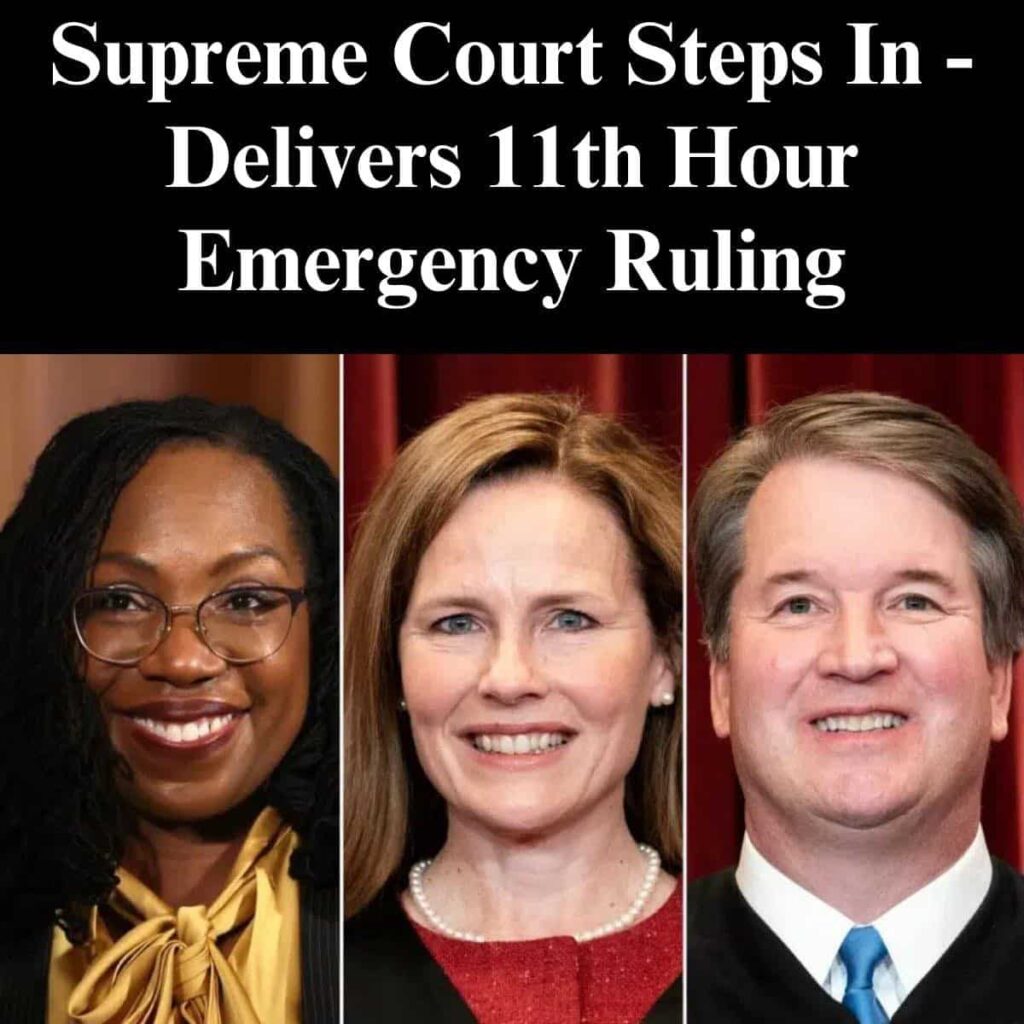In an 8-1 decision, the Supreme Court upholds the ban on firearms for those subject to domestic violence restraining orders.
The U.S. Supreme Court affirmed the constitutionality of a federal law that forbids the possession of firearms by those under domestic violence restraining orders on Friday, in a significant decision pertaining to gun rights and public safety. Justice Clarence Thomas was the only one to dissent from the justices’ 8-1 decision in favor of the law.
The ruling upholds federal law’s Section 922(g)(8), which prohibits the possession of firearms by anyone who a court finds to be a credible threat to another person’s physical safety.
The Court Prioritizes Public Safety and Historical Context
In his majority opinion, Chief Justice John Roberts clarified that the decision is consistent with the nation’s longstanding practice of limiting access to firearms for dangerous individuals.
“Our Nation’s firearm laws have contained provisions prohibiting individuals who threaten to harm others physically from misusing firearms since the founding,” Roberts wrote. “Section 922(g)(8) fits comfortably within this tradition as applied to the facts of this case.”
Roberts clarified that the Second Amendment should not be interpreted in a strict or antiquated way in order to clear up any misunderstandings surrounding the court’s previous decision in New York State Rifle & Pistol Association v. Bruen.
“The approach of our recent Second Amendment cases has been misinterpreted by certain courts,” he wrote. The purpose of these precedents was not to imply that the law was stuck in amber. Otherwise, only “muskets and sabers” would be protected by the Second Amendment.
He went on to say that contemporary regulations that address issues of public safety comparable to those at the founding can be classified as legal.
Additional Recent Decisions and Wider Consequences
The court’s ruling coincides with heightened examination of the scope of Second Amendment rights, particularly in light of public safety considerations.
New York Times v. Sullivan, a seminal 1964 ruling that established the “actual malice” standard for defamation claims involving public figures, was not revisited by the Supreme Court this week, in a separate legal development. News organizations have long had robust protections against libel lawsuits thanks to that ruling.
After his defamation lawsuit against the Associated Press was dismissed by Nevada’s highest court, casino tycoon and political donor Steve Wynn petitioned the court to reexamine that standard. Wynn denied claims of sexual misconduct in the 1970s that were covered by the AP.
The Supreme Court has repeatedly refused to consider cases contesting Sullivan in recent years, despite calls from some conservative justices to review the case. This suggests that there may not yet be enough bench support to reverse the precedent.
Conjecture Regarding Retirement on the Court
Rumors regarding the justices’ possible retirements have persisted amid a rush of significant decisions. Sources close to the court, however, have played down rumors.
According to reports, 74-year-old Justice Samuel Alito has no plans to resign. One source told The Wall Street Journal, “This is a man who has never thought about this job from a political perspective, despite what some people may think.” “It is inconsistent with who he is to think that he will retire for political reasons.”
Liberal Justice Sonia Sotomayor, the third-oldest of the nine-justice panel and a person with type 1 diabetes, has also been the subject of similar conjecture. But according to sources who spoke to the Wall Street Journal and the BBC, she is in good health and is determined to stay on the court.
According to one source, “this is no time to lose her important voice.” “She looks after herself better than anyone I know.” She is more needed than ever by the court.





